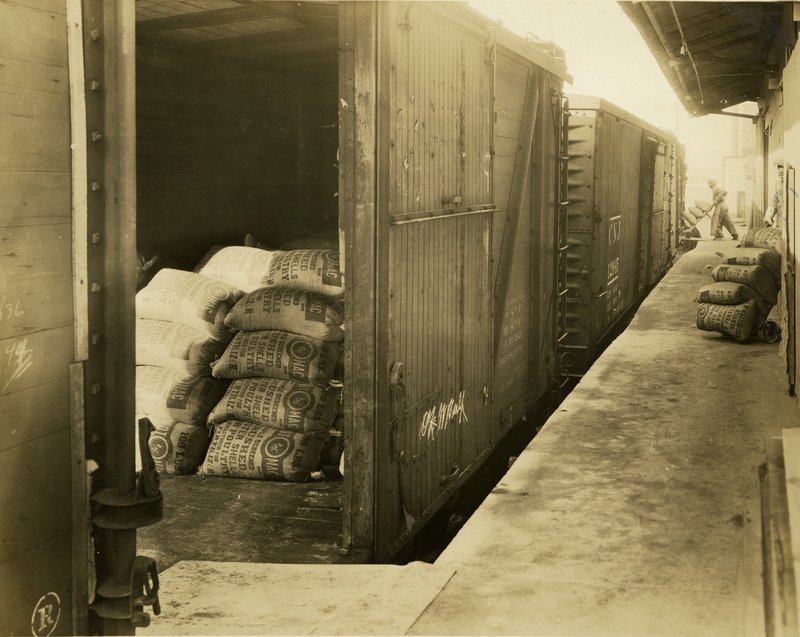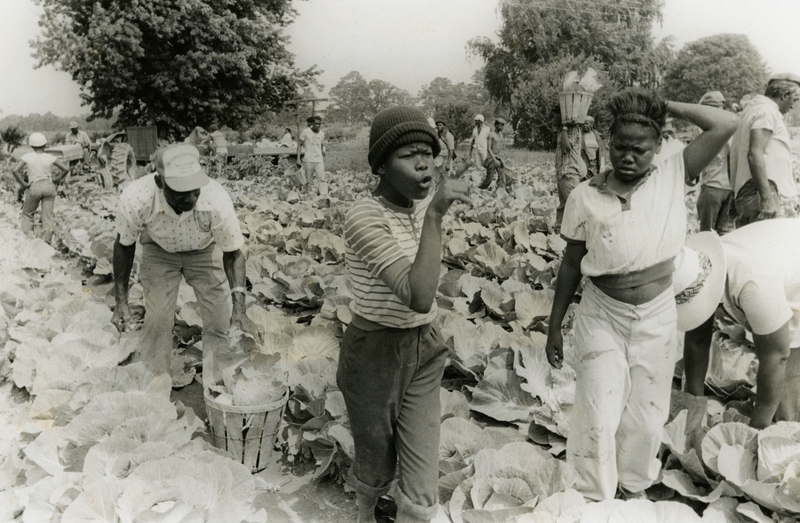Land and Water
From the Native American tribes to the residents of the 21st century, crops, seafood, and livestock have been an important and necessary aspect of life on Delmarva. The soil composition, climate, crop cycles, and the land’s location between the Chesapeake Bay and the Atlantic Ocean determine the production, collection, and distribution of food.
Farmers and watermen have supplied local, as well as distant markets with their crops and seafood, transporting their goods on steamboats, railcars, and trucks to larger markets in Philadelphia, New York, and Boston. The proximity to these cities historically has allowed Delmarva businesses to grow and thrive as they have met the needs of a growing nation.
Migrant workers were recruited to the area and played a significant role in contributing to the growth of many businesses. Seasonal harvesting by hand is necessary for many regional crops. Work camps were built to accommodate the influx of workers, providing a place to eat and sleep in between the long and grueling shifts in the fields.
Working the land and the water has had lasting effects on the region. The interplay of people and the environment has left its mark on history and will continue to define what it means to live and work on Delmarva.


